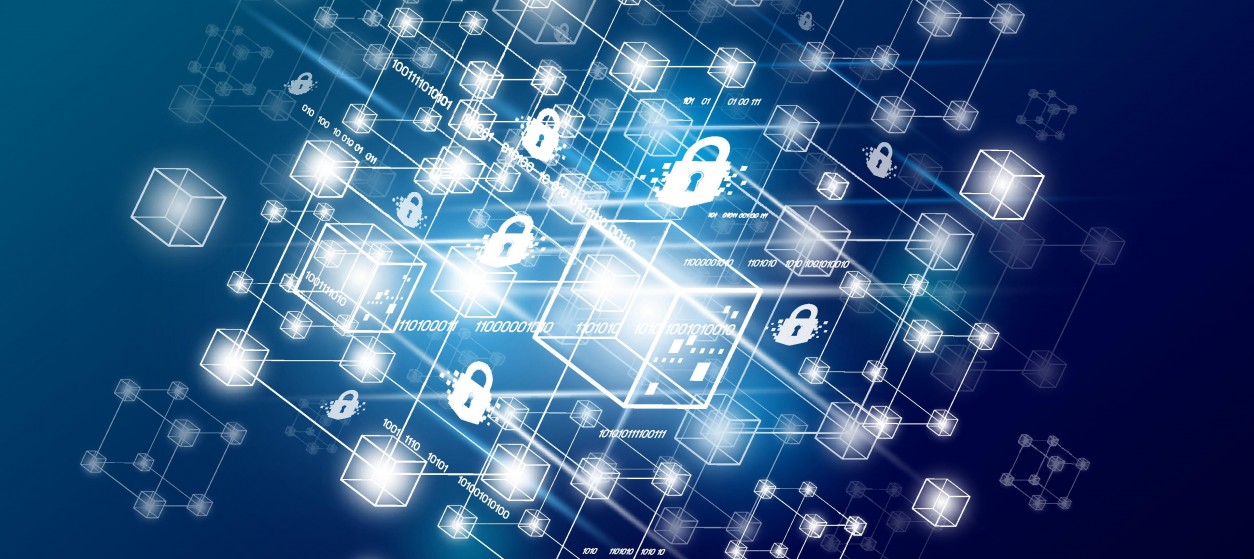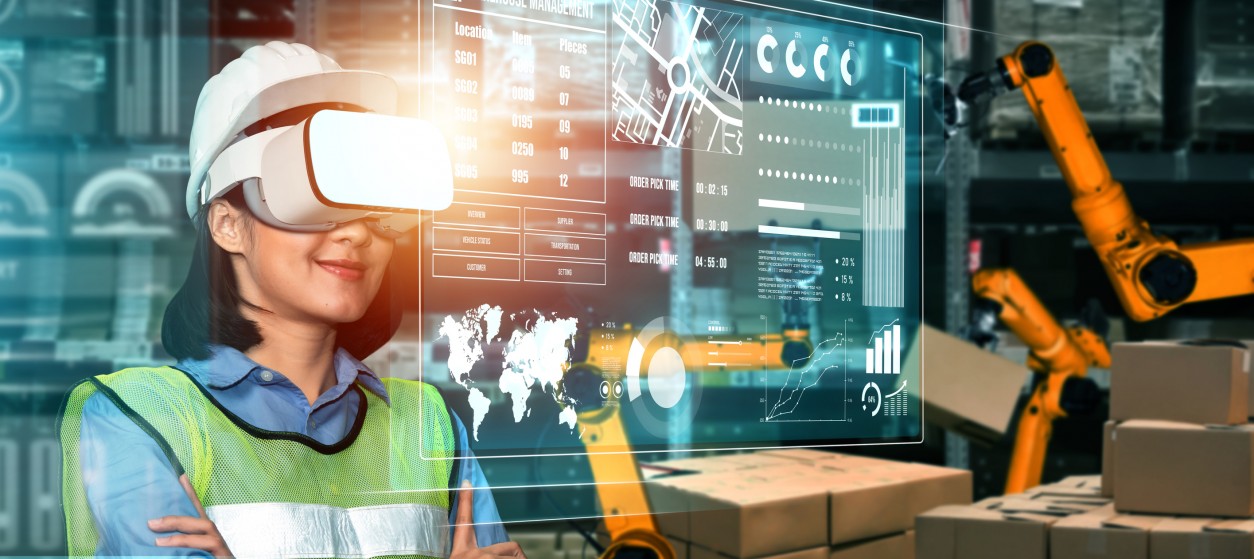For nearly three decades the rise of the internet has brought about significant changes in the way we communicate, access information, and conduct business. Over the years, the capabilities of the internet and the web have evolved to enable easier sharing of resources and to foster on-line collaboration between individuals and businesses. This collaboration is enabled by the centralized internet platforms that dominate the internet, including for example social media platforms like Facebook and Instagram, and a host of cloud platforms of major providers like Google, Amazon and Microsoft. These platforms empower the second generation of web-based services (Web 2.0). Nowadays, we stand on the cusp of another revolution, namely the Web3 revolution. This emerging paradigm promises to bring decentralization, tokenization, and smart contracts to the forefront of our digital lives.
Web3 advocates a world of decentralized transactions that are not controlled or managed by any third-party. It is already realized in the scope of several applications such cryptocurrencies. Cryptocurrencies are indeed a prominent example and a key component of the emerging Web3 infrastructures. Specifically, Web3 envisions a decentralized internet where users have more control over their data and interactions. Cryptocurrencies, built on blockchain technology, provide the means for value exchange within these decentralized systems. They facilitate peer-to-peer transactions without the need for intermediaries. By integrating cryptocurrencies into Web3, users can transact directly, securely, and transparently. Cryptocurrencies support tokenization of assets, which enables fractional ownership and new forms of economic interaction. They also provide secure, efficient, and trustless means of value transfer in the scope of Web3 applications. Despite their popularity, cryptocurrencies are only the tip of the iceberg when it comes to implementing the Web3 evolution. The latter will be empowered by several emerging technologies and will enable a rich set of novel decentralized, tokenized and automated applications in the real-world.
Decentralization: Empowering the Individual
Decentralization lies at the heart of the Web3 revolution. Traditional centralized systems, such as those operated by large tech companies and financial institutions, have long held control over our data and online experiences. However, the advent of blockchain technology is changing this landscape. Blockchain technology enables the creation of decentralized, peer-to-peer networks where no single entity has full control. Instead, multiple participants, often referred to as nodes, collectively maintain the network and validate its transactions. This distributed nature ensures transparency, security, and resilience.
Based on blockchain technology, modern financial enterprises can implement decentralized infrastructures for monetary transactions such as payments and investments. These infrastructures can bypass the need for intermediaries like banks and other financial organization. By removing the need for a central authority, decentralization empowers individuals and increases financial inclusivity.
Tokenization: Representing Value on the Blockchain
Tokenization is a fundamental concept in the Web3 revolution. It involves representing real-world assets, such as real estate, artwork, or intellectual property, as tokens on a blockchain towards implementing an internet of value. Each token represents a specific value or right and can be freely traded or transferred. One notable example of tokenization is non-fungible tokens (NFTs). These unique tokens have gained significant attention in the art and collectibles space. Artists can tokenize their original artwork, making it easily tradable and providing a way for creators to monetize their work directly. Tokenization extends beyond the realm of art and collectibles. It has the potential to revolutionize industries like real estate, where properties can be divided into tokenized shares, increasing liquidity and democratizing access to investment opportunities. In the scope of the Web3 revolution, assets will be increasingly tokenized, which will enable new business models in a wide range of different sectors.
Smart Contracts: Automating Trust and Transactions
Smart contracts are self-executing digital contracts that run on blockchain networks. They automatically enforce the terms of an agreement, eliminating the need for intermediaries. Smart contracts are powered by blockchain technology, which ensures transparency, immutability, and tamper resistance. The concept of smart contracts was popularized by Ethereum, which is nowadays one of the most prominent blockchain platforms. Smart contracts can be seen as code-based agreements that are executed when predefined conditions are met. For example, an insurance policy can be coded as a smart contract that automatically pays out claims when certain criteria (e.g., occurrence of a specific life event), are met.
Smart contracts will have a profound impact across various industries. In supply chain management, for instance, they will automate and streamline processes, enhancing transparency and reducing inefficiencies. Overall, smart contracts have the potential to reshape the landscape of business transactions in the context of the Web3 environment.
Web3: Examples of Real-World Applications
The Web3 revolution is already making waves in several industries. Here are some of the most prominent application examples that are already deployed, yet constantly evolving in terms of functional and technical maturity:
- Decentralized Finance (DeFi): DeFi platforms leverage blockchain and smart contracts to provide open, permissionless financial services. As already outlined, users can borrow, lend, and trade digital assets directly, without relying on traditional financial intermediaries.
- Digital Identity: Blockchain-based digital identity solutions offer users control over their personal data. Users can verify their identity securely without exposing sensitive information. This is a key to enhancing privacy and security, reducing identity theft risks, and providing the ever-important digital sovereignty.
- Supply Chain Management: The decentralized nature of blockchain allows for increased transparency and traceability in supply chains. Companies can track the movement of goods, verify their authenticity, and ensure ethical sourcing.
- Governance and Voting: Blockchain-based systems enable secure and transparent voting processes. By using smart contracts, organizations can ensure the integrity of elections, making them resistant to manipulation or tampering.
- Healthcare: Patient metadata can nowadays be securely stored on a blockchain in order to foster interoperability between diverse medical systems, while maintaining patient privacy. Furthermore, smart contracts can automate the execution of agreements between healthcare providers and patients, which is key to ensuring increased efficiency and regulatory compliance.
By and large, the Web3 revolution holds immense potential to transform our digital society in ways we can’t fully comprehend yet. Decentralization, tokenization, and smart contracts are gradually becoming very powerful tools for enterprises that wish to implement decentralized models of digital transactions. Therefore, in the coming years we can expect to see even more innovative applications that empower individuals, streamline processes, and enhance trust as part of novel Web3 governance schemes. The future of Web3 is promising, and it’s up to modern enterprises to embrace the opportunities it presents and to integrate these opportunities in their digital transformation journeys.










